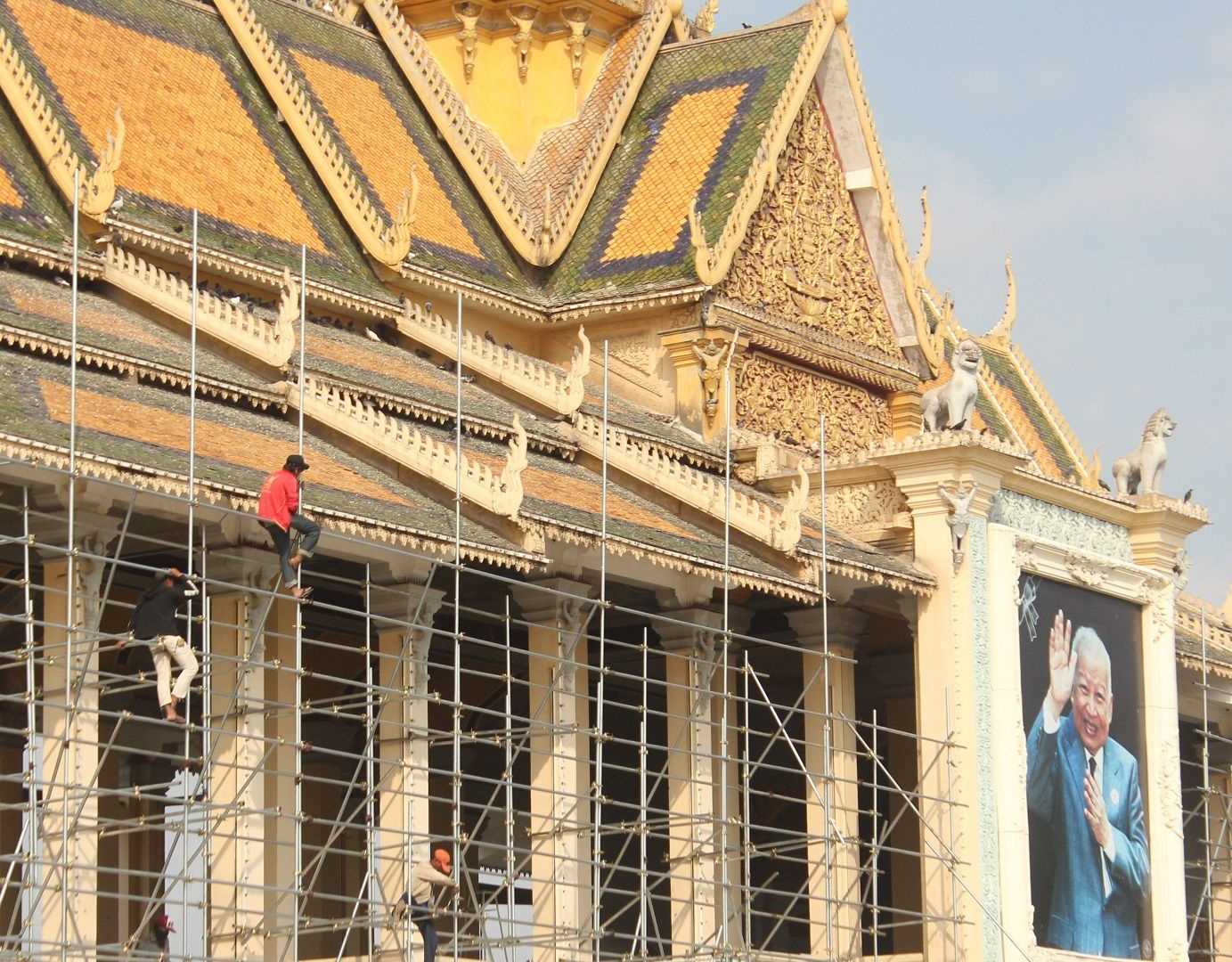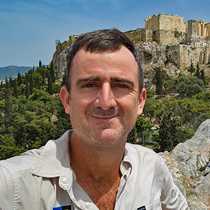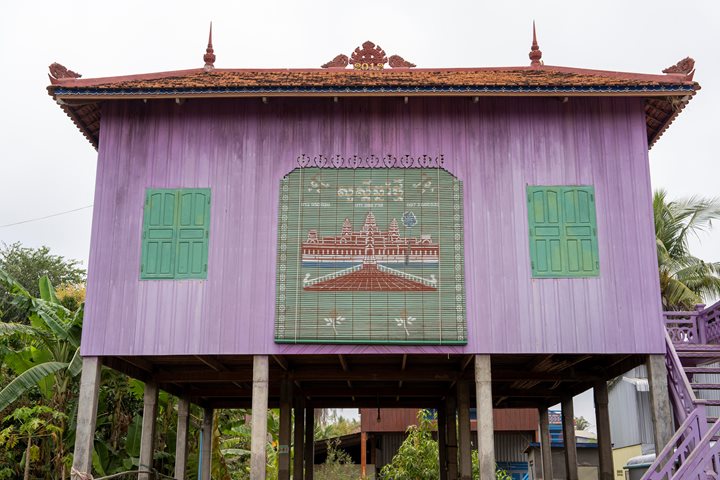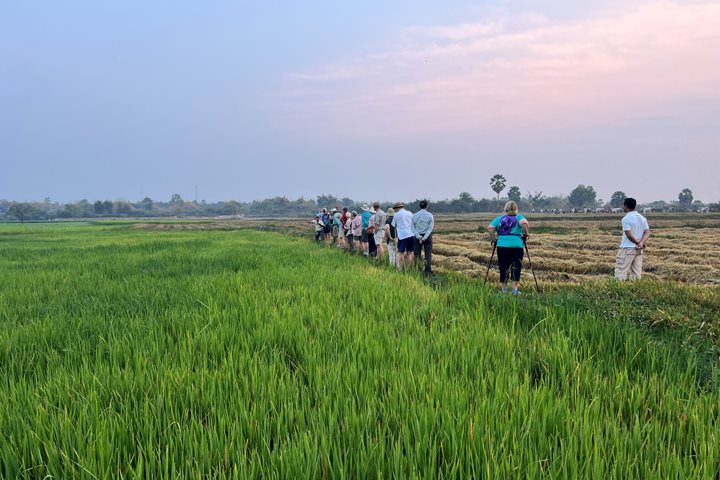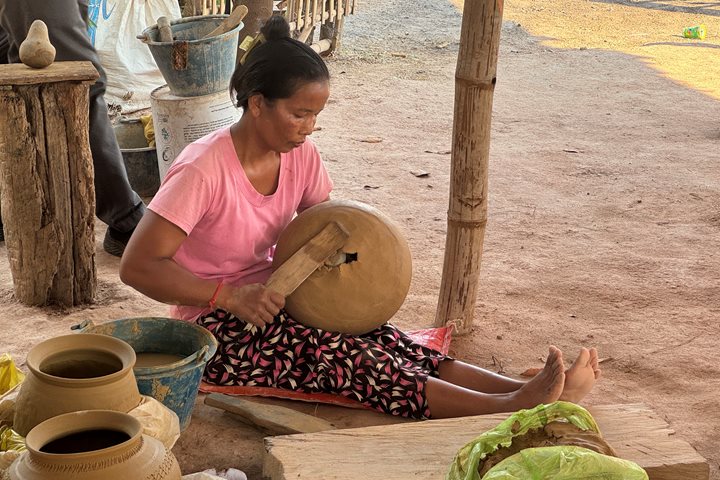This morning Jahan weighs anchor and we complete our voyage along the Tonle Sap downstream on approach to Phnom Penh. In stark contrast to the last two days, the Cambodian capital is a sprawling mass of urbanism with hundreds of high rises. Presently in the middle of a building boom, cranes are scattered along the prime real estate of the waterfront. As the home to some two million people, Phnom Penh is by far the most populated area in the country.
The grand boulevards of Phnom Penh were laid out during the French Protectorate, and our first foray into the city is a fitting taste of the colonial period. Our latest form of local transport is the cyclo, essentially a backwards tricycle with the passenger riding in front. As our drivers peddle through the bustling city streets, we wind our way past Wat Phnom, the Central Market and along Sisowath Quay before arriving at the Royal Palace. Peddle powered transport seems little match for the hordes of motorbikes and SUVs, but en masse we bring real negotiating to the intersections along the way. In the morning we visit the Royal Palace and the National Museum, both of which feature designs derived from traditional religious architecture. The Royal Palace is a beautiful place with sprawling trees, carefully manicured gardens and elaborately painted murals. Within the compound, the Silver Pagoda houses Cambodia’s Emerald Buddha as well as the life-sized gold Maitreya Buddha image. Around the corner, the National Museum features a comprehensive collection of Khmer art, from the pre-Angkorian period until today.
After lunch our excursion takes on a distinct change in tone as we address Cambodia’s all too recent history by visiting the Tuol Sleng S-21 prison, and the Cheung Ek killing fields. These memorial sites are only two examples of the types of mundane places which were reappropriated into the chilling infrastructure of the Khmer Rouge regime: Tuol Sleng was originally a high school, while Cheung Ek was merely a patch of farmland. This period of Cambodian history is especially difficult to comprehend, no matter how detailed the explanation of post-colonial politics.
After we return to Jahan, we cast off for a dinner cruise along the Tonle Sap. The city is lit up with a kaleidoscope of fluorescent lights as we are treated to a joyful demonstration of traditional and folk Khmer dance. Tomorrow we make our way to Vietnam.

